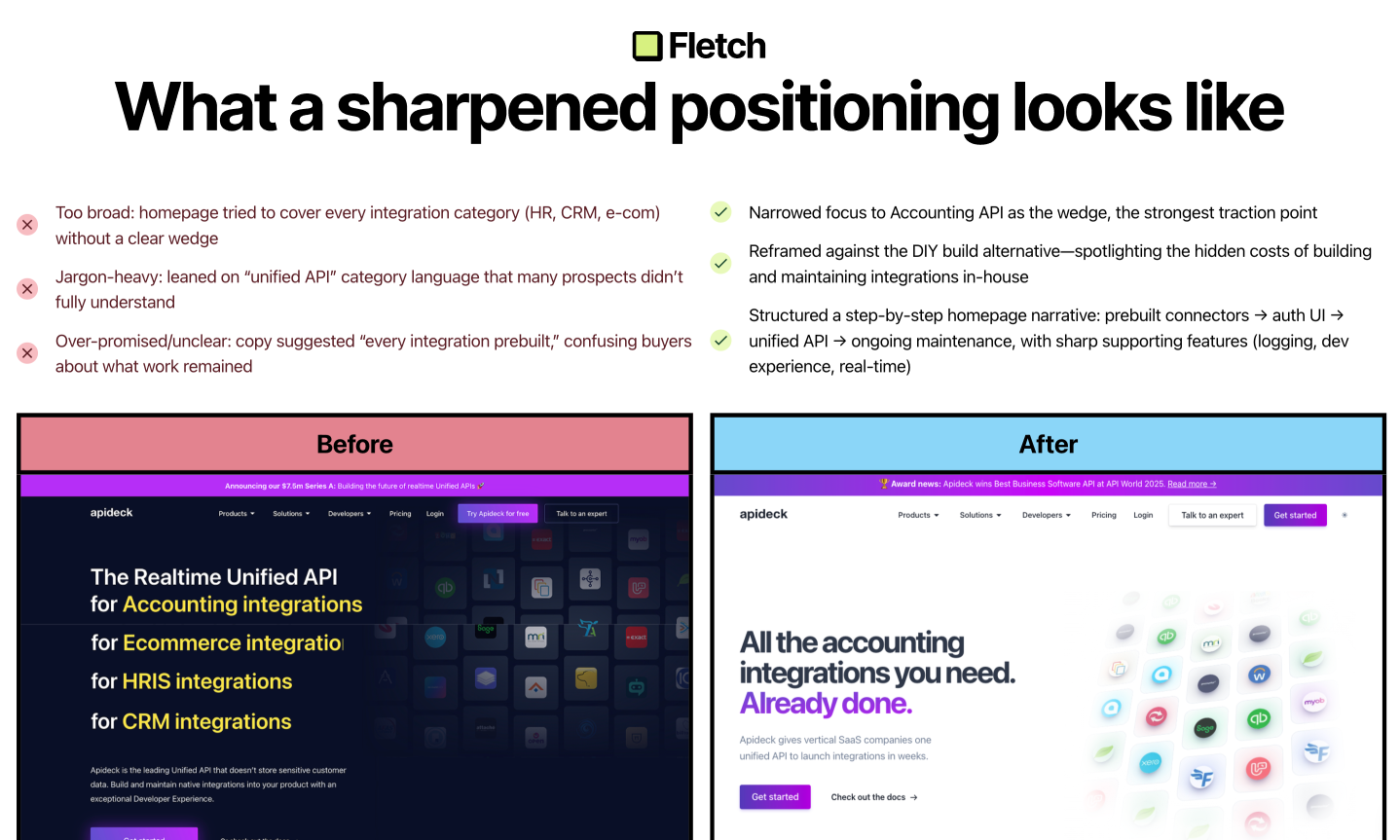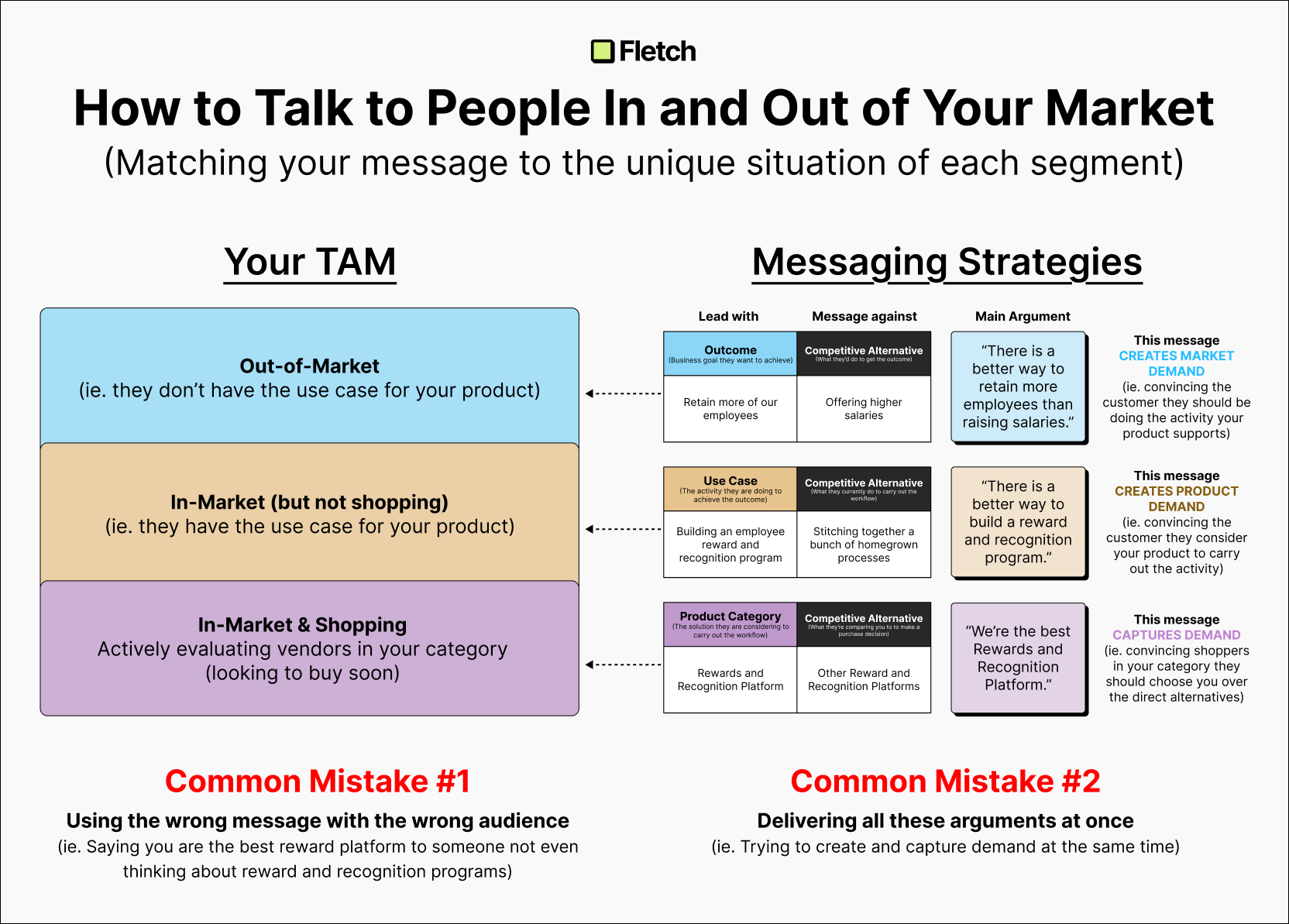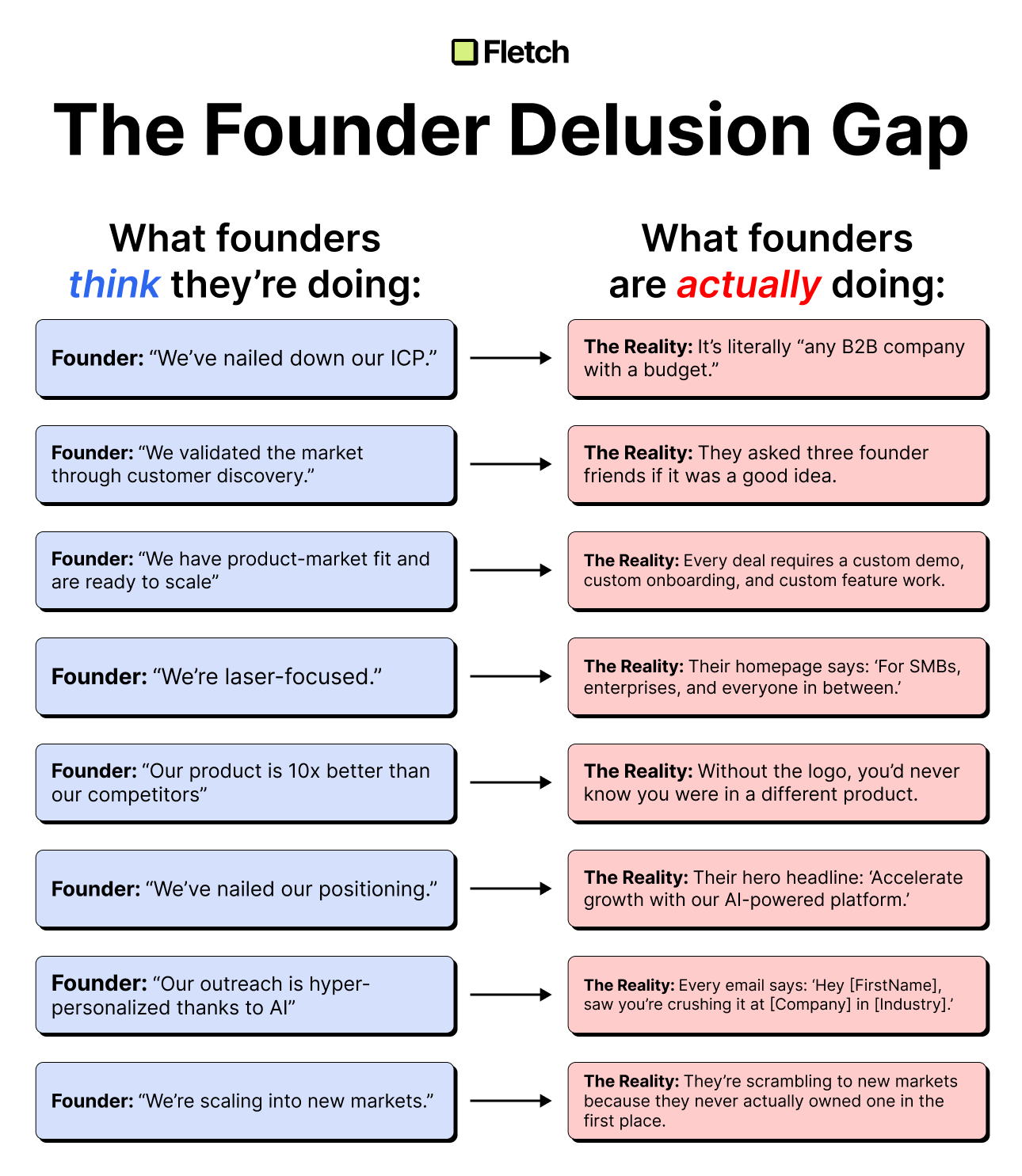Positioning Case Study - Apideck


When Apideck came to us for help with their positioning, they had what I call the “buffet problem.”
Their product was so versatile, they tried to mimic its power in their positioning and messaging.
(ie. they tried to sell everything at once: HR, CRM, e-com, accounting integrations)
The result?
Broad marketing campaigns → vague messaging → forgettable and hard to buy.
Here were the key moments in our positioning sprint that shaped a sharper, more defensible positioning strategy:
☝️ Moment 1 — Picking the wedge
In Workshop 1, I asked the group straight up: “Where are you winning the most today?”
Tom Schouteden (COO) paused, then admitted: “If we’re honest, accounting is where the real traction is.”
Bernard Willems (Head of Partnerships) nodded, pointing to growth numbers.
Hila Qu 曲卉 (growth advisor) added: “We're seeing growth with other Unified APIs, but Accounting is still growing the most at 30% YoY.”
That was the first breakthrough.
The wedge had picked itself: accounting integrations.
☝️ Moment 2 — Choosing the real alternative
In Workshop 2, the next debate broke out.
Do we frame Apideck against competitors like Merge and Codat?
Or against the real competitor most teams were choosing: building integrations themselves.
Jingyi Wang (investor) leaned toward competing head-to-head.
But Tom pushed back: “Most prospects we talk to aren’t even aware of the category. They’re burning months of dev time coding this in-house.”
That settled it.
Apideck wouldn’t fight other Unified APIs for category share—they’d fight inertia.
The real competition: teams building accounting integrations in-house.
☝️ Moment 3 — Sharpening the copy
Workshop 3 is where it got spicy.
The team kept circling the line: “Every accounting integration pre-built.”
Gertjan "GJ" De Wilde (CEO) liked it: “It shows we’ve done the heavy lifting.”
Tom shook his head: “But it’s not true. Engineers will call bullshit—we don’t ship the whole thing out-of-the-box. They still have to code.”
That back-and-forth forced the real breakthrough.
Instead of fuzzy promises, the messaging zoomed in on the specific work developers don’t have to do with Apideck: OAuth flows, token handling, data mapping, ongoing maintenance.
Suddenly the the big promise felt sharp, believable, and defensible — if we were willing to get specific.
———
The final homepage tells a step-by-step story:
1. Choose your prebuilt accounting connectors
2. Drop in Apideck’s auth UI instead of coding it yourself
3. Build once on a unified data model
4. Let Apideck handle the maintenance and updates
Lesson: positioning happens in the messy debates.
The breakthrough moments are when someone in the room says, “Our buyers won’t believe that”
Only when you tap into customer reality, can the whole story gets sharper.
Check out the final results in our Before/After library — And if you are building out accounting integration yourself, you should definitely check out Apideck

Ben Wilentz
Founder, Stealth Startup




